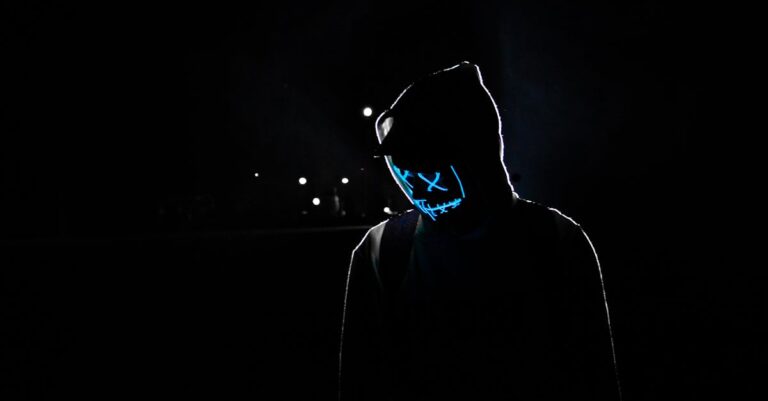
Dr. Elara Voss first encountered the subject in a sterile lab, its air thick with the metallic tang of antiseptic. The man—Jordan, they called him—sat across from her, his dark eyes reflecting the flicker of a monitor. He didn’t speak, only stared at the screen, where a series of numbers scrolled like a river. She had seen his file: a 23-year-old with no history, no records, just a single line in the database that read *Subject 7*. The rest was blank.
“What do you see?” she asked, her voice steady, though her pulse thrummed in her ears.
He tilted his head, as if considering the question. “A city. Smoke. People… gone.” His voice was low, almost a whisper, but it cut through the silence like a blade. She leaned forward, fingers brushing the edge of the table. “When?”
“Tomorrow,” he said. “Or yesterday. It doesn’t matter.”
The next day, a fire broke out in the downtown district. By nightfall, 47 people were dead. Elara stood at the edge of the smoke, her lungs burning, as she watched the flames devour a building she’d never seen before. The numbers on the screen had been accurate. But how? How could he know?
She began visiting Jordan daily, her notebook filled with his cryptic answers. He spoke of streets that didn’t exist, of a sky that turned black, of a sound like a thousand whispers. Each time, the world mirrored his words. A storm that flooded the subway. A plane that crashed into a lake. A man who vanished from a crowded street.
“You’re not just seeing the future,” she said one night, her voice trembling. “You’re *shaping* it.”
Jordan didn’t respond. He just looked at her, as if she were the anomaly.
The experiment began in secret. Elara used a neural interface to map his memories, hoping to decode the source of his visions. The first time she accessed his mind, she was pulled into a world of fractured images: a city skyline dissolving into ash, a child’s laughter fading into static, a hand reaching out and vanishing. The air smelled of decay, and the silence was deafening.
“What is this?” she whispered, but there was no one to answer.
The visions grew more vivid. She saw herself standing in the ruins of a library, its shelves empty, its walls cracked. A man in a lab coat—herself—kneeling before a shattered screen. The sound of her own voice echoed: “I never should have started this.”
She pulled out immediately, her hands shaking. Jordan was watching her, his expression unreadable. “You’re not supposed to see that,” he said. “It’s not your time yet.”
But it was too late. The lines between her reality and his were fraying. She began to question everything: Was she the scientist, or the subject? Had she created the visions, or had they created her?
The paranoia set in like a fever. She started seeing patterns everywhere—cars that stopped just before accidents, people who vanished mid-conversation. Her own reflection in the mirror seemed wrong, as if it weren’t hers at all.
“You’re losing yourself,” Jordan said one night, his voice calm, almost pitying. “This isn’t a gift. It’s a trap.”
“Then why don’t you stop it?” she shot back, her anger burning through the fear.
He didn’t answer. He never did.
The final vision came without warning. Elara was standing in a vast, empty room, its walls made of glass that reflected nothing. In the center, a single chair sat waiting. She approached it, her breath shallow, and sat down. The moment her back touched the seat, the room dissolved into light.
She woke up in the lab, her body drenched in sweat. Jordan was gone. The screen showed a single word: *End*.
Elara stared at it, her mind racing. Had she triggered something? Had she been part of the experiment all along? The questions swirled, but there were no answers. Only the silence, and the knowledge that the future was no longer hers to control.
She left the lab that night, her footsteps echoing in the empty corridors. The city outside was quiet, too quiet. She didn’t know where she was going, only that she had to keep moving. Somewhere out there, the future waited—and it was watching.


